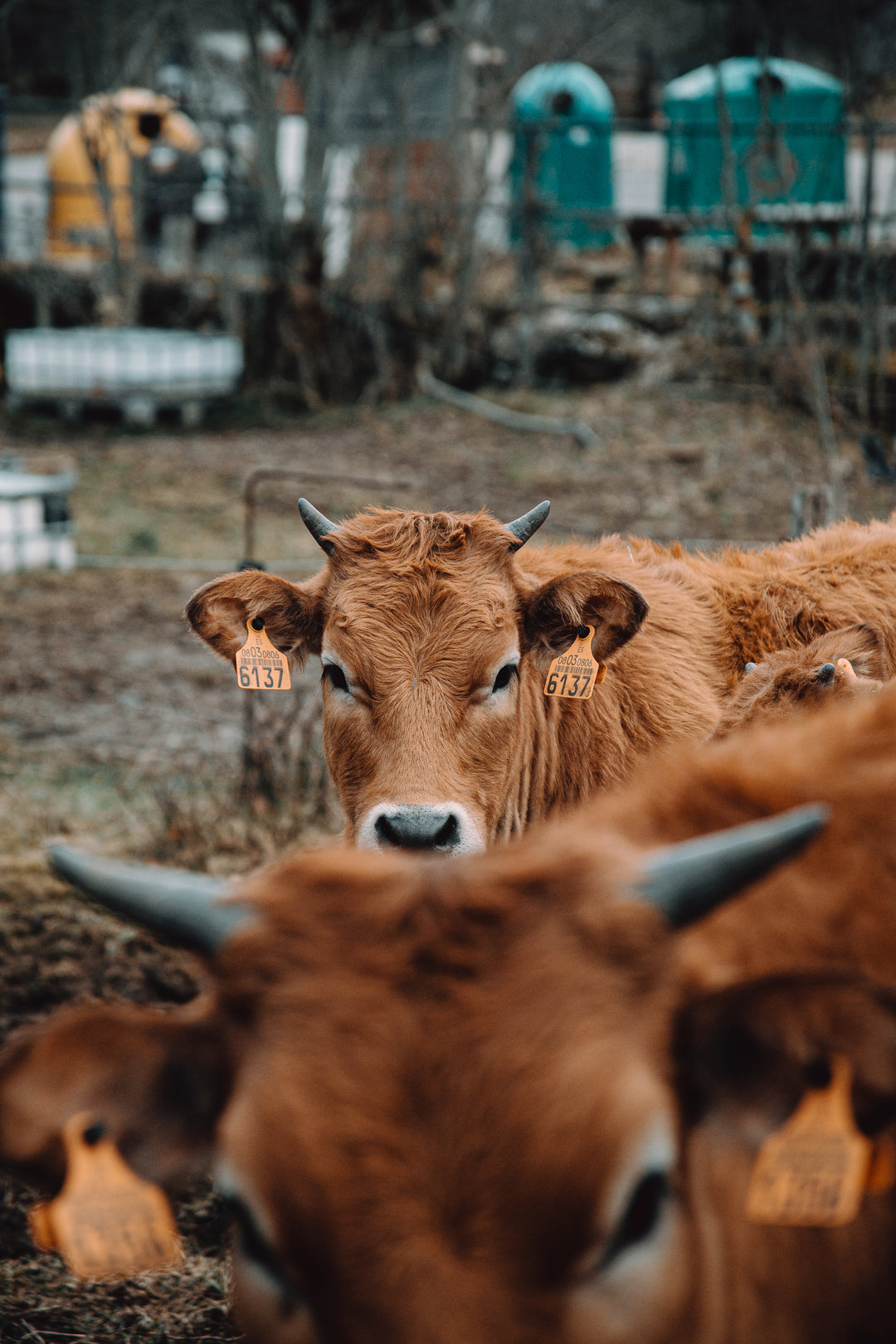The role of soil in the health of the planet
Soil is bloody amazing!!
I devoted a recent blog post to the role of soil in regenerating the land - see here:
But I wanted to revisit soil as it's such a phenomenal living organism which harbours more organisms than all the rainforests on the planet combined..ever!
Rhizobacteria (bacterial microbes) work in synergy with the plant in a fair exchange of products. The bacteria receive carbon (sugars) from the plant in exchange for minerals from the soil. This symbiotic relationship allows the plant to access more minerals than the root would ordinarily if left to its own devices. The bacteria are attracted to the root and protect the root from harmful bacteria.
Mycorrhiza are the fungi which provide the communication and mineral transport system. The worlds largest living contiguous organism is a fungi in Oregon. This subterranean network allows for the exchange of information from one species to another, allowing plants to communicate the threat of disease or predation to one another. They also facilitate the redistribution of nutrients from dying trees to replenish nearby younger plants. Or lending nutrients between species in times of hardship.
Glomalin which is a glue-like substance that the hyphae (micro-filaments of the mycorrhiza (fungi)) make to protect themselves. It's within the glomalin that much of the soil carbon is stored (between 1/4 -1/3 of the worlds carbon in fact).
Glomalin is a resilient substrate which is believed to live for 50 years in undisturbed soil and helps to stop soil being washed or blown away through its adhesive-like action. Industrial agriculture and it's use of tilling (mechanically digging up on the topsoil) as well as the use of chemicals has disturbed glomalin and therefore diminished the soils' carbon storing ability
Fungi has the ability to pass on minerals to the plant at the root junction or can actually inhabit the cells of the plant and grow inside and transport minerals from the inside like some kind of benevolent parasite. Hyphae are incredibly thin (microscopically thin) yet produce phenomenal force at their tips to physically break apart rock whilst mining for minerals. They can also secret acid to chemically break-down rock whilst mining.
They also mine minerals from living forces such as collembolans (aka springtails). Collembolans are ubiquitous members of the soil fauna often reaching abundances of 100,000 or more per square meter. They occur throughout the soil profile, where their major diet is decaying vegetation and fungi. Fungi will also predate upon the collembolans and mine their nitrogen from the inside out.
Actinomycetes are a general group of bacteria forming most antibiotics and are the reason the soil smells so good (musky, earthy). They emit a metabolic end product called geosmins and it's this product that gives healthy soil its unique scent. It is also geosmins which get kicked into the air when rain droplets hit the soil and creates petrichor - the smell of rain of the earth.
In a study using mycobacterium vaccae (a soil microbe) to assess its efficacy in fighting cancer, patients were injected with the microbe in conjunction with chemotherapy as well as a chemotherapy-only control group. Alas, there was no reduction in the cancer but the quality of life for the patient was improved. It turns out the mycobacterium vaccae boosts serotonin production helping to make us feel more content and helped to reduce stress.
We have barley scratched the surface of soil fauna and the interactions between plants and microbes. Our industrial agricultural methodology of the last 100 years has severely disrupted the subterranean eco-system, one which promotes healthy plant growth, carbon sequestration and water-storing. We have been systematically disturbing and unlocking the stored carbon by mechanical action for thousand of years but only on a global scale for the past 100 years and together with the widespread use of pesticides, herbicides and fertilisers has the problem compounded.
From what I understand the eco-system beneath our feet holds the key to our future.
Microbe-rich soils help to feed the plant which feeds the animal and all with way up the food chain. It's a relationship which has sustained life for millions of years and one which developed between plants and bacteria a billion years ago. However, in a blink of an eye, we have thrown a monkey wrench in to the cogs of nature.
Soil is an incredible living organism but is largely out of sight, isn't cute or cuddly and doesn't have a PR agent...hence it's been treated like dirt!
Selecting growers and producers who place soil health as a core principle will help us move towards a healthier future
Scott x




















Leave a comment